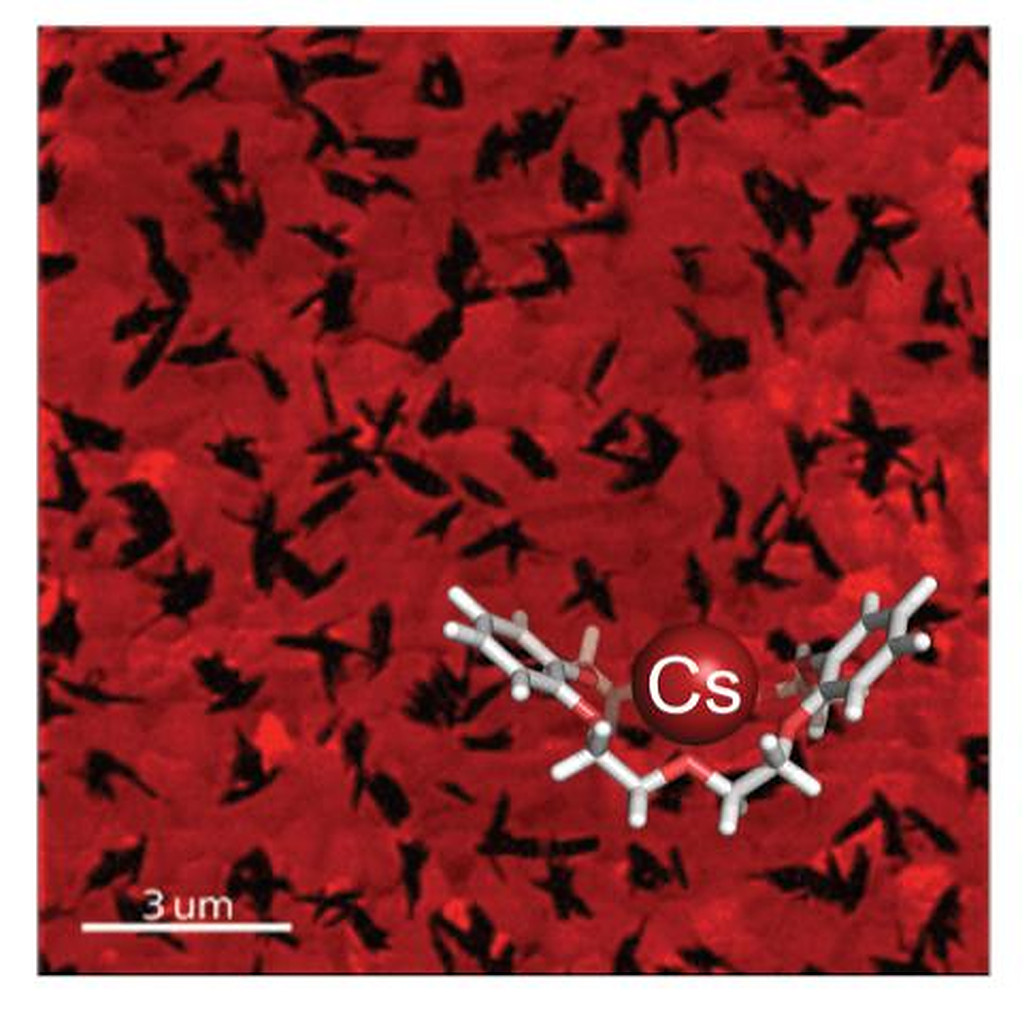Scientists around the world are working on a wealth of approaches to solving the well-published stability issues that hold back the development of perovskite solar cells.
Many of these approaches have focused on using additives that affect the formation of the perovskite layer. Experimenting with these has produced encouraging results, and understanding of the role of defects and how to engineer them is improving with each one.
A group of scientists led by Switzerland’s École polytechnique fédérale de Lausanne (EPFL) worked with a class of materials called crown ethers, and was able to fabricate perovskite solar cells that achieved better than 24% efficiency, and retained more than 95% of this initial performance after 500 hours continuous operation without encapsulations. Control cells dropped to 80% of the initial value after 300 hours. The cells are described in full in the paper Multimodal host–guest complexation for efficient and stable perovskite photovoltaics, published in Nature Communications.
The group attributes the strong performance to a “multimodal host-guest complexation strategy”, further explaining that crown ether material (dibenzo-21-crown-7) serves to infuse cesium ions into the perovskite film without damaging it. “This strategy was found to substantially decrease defects and improve the morphology of perovskite films without significant change in the optoelectronic properties, resulting in high performance and stability,” the group explained.
The crown ether was shown to improve the quality of the film both on the surface and deeper with the material. “We use this multimodal host–guest-complexation to modulate the surface of the perovskite films as well as their bulk composition at the same time,” said EPFL researcher Jovana Milić.
Environmental impact
Films treated with the crown ether also remained stable in air for 380 days, while a control film had degraded completely after five days. The group also experimented with accelerated aging tests, finding that the cells retained better than 90% of their performance after 300 hours at 85 degrees Celsius.
As an added bonus, the crown ether was also shown to bind lead ions into the film – demonstrated by submersing it in water and measuring lead content. EPFL states that the cells would release less lead into environment than other cells, and that it expects this effect to increase with higher concentrations of the crown ether.
This content is protected by copyright and may not be reused. If you want to cooperate with us and would like to reuse some of our content, please contact: editors@pv-magazine.com.




By submitting this form you agree to pv magazine using your data for the purposes of publishing your comment.
Your personal data will only be disclosed or otherwise transmitted to third parties for the purposes of spam filtering or if this is necessary for technical maintenance of the website. Any other transfer to third parties will not take place unless this is justified on the basis of applicable data protection regulations or if pv magazine is legally obliged to do so.
You may revoke this consent at any time with effect for the future, in which case your personal data will be deleted immediately. Otherwise, your data will be deleted if pv magazine has processed your request or the purpose of data storage is fulfilled.
Further information on data privacy can be found in our Data Protection Policy.